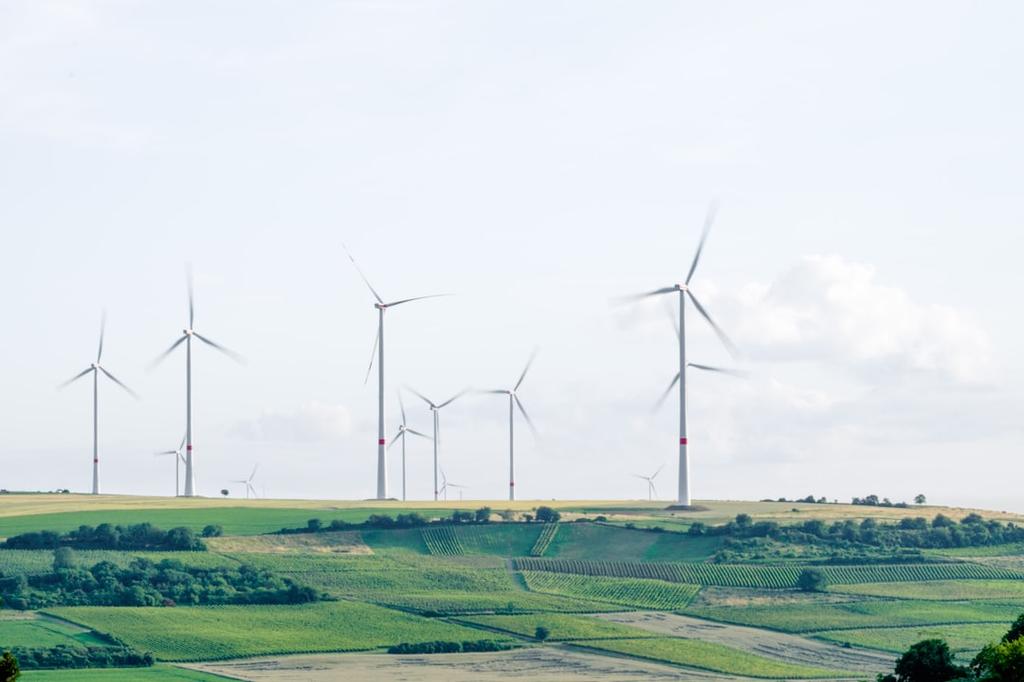The renewable energy infrastructure market is on the cusp of a transformative leap, especially in Europe, where the stakes have never been higher. A recent report from Pro Market Reports sheds light on the current landscape and future trajectory of this vital sector, projecting a robust compound annual growth rate (CAGR) of 16.2% from now until 2032. At a valuation of USD 112 billion in 2023, the European Renewable Energy Infrastructure Market is poised for significant expansion, driven by a confluence of factors that are reshaping the energy narrative across the continent.
As Europe grapples with the urgent need to reduce greenhouse gas emissions and lessen its dependence on fossil fuels, the infrastructure supporting renewable energy generation, distribution, and consumption is becoming increasingly crucial. The report highlights that the market encompasses essential components such as energy generation plants, smart grids, energy storage systems, and transmission networks. These elements are pivotal for seamlessly integrating renewable sources like solar, wind, hydro, geothermal, and biomass into the existing energy framework.
One of the primary drivers of this growth is the robust climate policies enacted by the European Union and individual member states. These policies not only encourage investments in renewable energy infrastructure but also create a stable environment for investors. With the public’s growing awareness of climate change and sustainability, the demand for renewable energy solutions is skyrocketing. Businesses and consumers alike are increasingly adopting greener practices, which only adds fuel to the fire.
Technological advancements are another game-changer. Innovations in efficiency and reliability are slashing costs and increasing energy generation potential. This shift is crucial as energy security becomes a pressing concern, particularly in light of geopolitical uncertainties that threaten traditional energy supplies. The drive for diversification in energy sources is compelling stakeholders to invest in renewable infrastructure, setting the stage for a more resilient energy landscape.
The competitive landscape is also heating up, with major players like Delta Electronics, Duke Energy Sustainable Solutions, and Siemens vying for market share. These companies are not just participants; they are innovators shaping the future of renewable energy. The report’s analysis of their strategies and market positioning offers valuable insights for those looking to navigate this rapidly evolving sector.
Geographically, North America currently leads the global renewable energy infrastructure market, but Europe’s ambitious targets and commitment to sustainability may soon shift the balance. The report underscores the importance of understanding market dynamics, including the challenges faced by industry players in their production cycles and supply chains. This understanding is essential for anyone looking to invest or operate in this space.
The future of the renewable energy infrastructure market is not just about numbers and projections; it’s about a paradigm shift towards sustainability that could redefine our energy systems. As we look ahead, the interplay of policy, technology, and consumer behavior will be critical in shaping the trajectory of this market. The question now is, will stakeholders rise to the occasion and seize the opportunities presented by this renewable revolution? The answer will determine the energy landscape for generations to come.




